Safety Warning for Berger 77 grain OTM Tactical Factory Loaded Ammunition
This is a safety warning pertaining to Berger’s factory loaded ammunition.
Berger 223 Remington
77 grain OTM Tactical
Part # 65-23030
Lot # P002745-1
While firing this ammunition from one of my Krieger barreled, semi-automatic, precision AR-15s, I experienced an uncharacteristic amount of recoil and muzzle blast. This occurred with the second round fired from the magazine and there were two bullet holes in the target, so there was no type of bore obstruction involved. (This AR-15 has functioned flawlessly for over one thousand rounds and has produced ½ MOA 10-shot groups at 100 yards.)
The action failed to cycle after firing this second round from the magazine and the trigger was dead. No amount pulling/pounding on the charging handle was able to free-up the bolt carrier group. As stated above, there were two bullet holes in the target so there was no type of bore instruction involved.
At home, I had to use a mallet and a Delrin rod to pound the bolt, carrier and case out of the barrel extension/upper receiver. Prior to pounding out the bolt carrier group, I took a quick look in the bore with a cheap borescope. It was clearly visible that the brass case (Lapua) was still tightly sealed to the walls of the chamber.
Upon examining the spent case, it was clearly visible that the primer pocket was greatly expanded and there was a large amount ejector and extractor brass-flow. The primer fell out of the bolt face when the case was removed with the pounding-out of the bolt carrier group.
The was a large “belt” of expanded brass just above the extractor groove. This belt had a diameter of 0.414” at the at the broadest section. The case was split on either side of the extractor brass flow. The case rim was split at the ejector brass flow.
This Krieger barrel has a 223 Remington chamber with a 1:9" twist. This barrel was purchased directly from Krieger Barrels, Inc. and was chambered by them. I've fired over a thousand trouble-free rounds through this barrel. The box label for this Berger ammunition clearly states that this is 223 Remington ammunition.
Using a bullet pulled from this lot of ammunition, I determined the cartridge overall length that would be necessary for the bullet to be seated to the lands of this barrel. That distance was 2.322" and since the factory loaded ammunition was loaded to magazine length, the bullet was nowhere near the lands of my barrel.
Shortly before shooting this Berger factory loaded ammunition, I fired a 10-shot group of factory loaded Sierra Prairie Enemy 55 grain BlitzKings. That group had an extreme spread of 0.72 MOA.
The bolt (the image is flipped)
The blown case has a weight of 99.0 grains. The neck diameter of this case is 0.254”. The diameter of the “belt” above the extractor groove is 0.414” at the broadest section.
The diameter of the case rim across the extractor and ejector brass flow is 0.423” and the diameter of the case rim rotated to 90 degrees of that position is 0.382”. The primer pocket has a diameter of approximately 0.222” at the broadest section.
I pulled-down 20 of the unfired cartridges from this lot of ammunition. Here’s the compiled data.
Pulled-down powder charge weights . . .
I pulled-down a couple more rounds after compiling the above data and found a round with a charge of 23.6 grains. The puts the powder charge variation at 1.8 grains.
This ammunition is a heavily compressed load, so bullet set-back is highly improbable. Since it was a compressed load, I was unable to use my custom K&M compression gauge to obtain an accurate measure of neck tension, however, it required quite a bit of force to pull the bullets from the cases using a press-mounted, collet bullet-puller. Also, using the custom K&M compression gauge, I applied 90 pounds of force to one of the factory-loaded cartridges that had a cartridge overall length of 2.253". After applying the 90 pounds of force, I again measured the COAL. It was still 2.253".
Pulled-down powder . . .
28.6 grains of this pulled-down powder filled a randomly selected pulled-down case to the case mouth. The longest cartridge overall length that I measured from this lot of factory loaded ammunition was 2.262". I was able to load 26.0 grains of the pulled-down powder into a pulled-down case and seat a pulled-down bullet to a cartridge overall length of 2.262".
Pulled-down case weights . . .
The case weights past the plus one standard deviation are the heaviest Lapua Match cases that I've ever seen. (Legacy"standard" Lapua cases did weigh more.)
.....
From Berger . . .
----
Berger has reached out to me and offered to replace this ammunition. They also said ".We have had a couple of these reports. But it dosent seem an issue with all of this ammunition."
-----
Berger is sending me a call-tag for the unfired rounds. Berger also stated, "there has been a change in this load between the lot that you have and the lot that we are sending you. The new load was developed in a standard SAAMI 223 Remington chamber."
(I decided to keep this lot of ammunition and have considered having it pressure tested at an independent lab.)
-----
Berger/Mr Praslick did eventually offer to pay for any damage to my rifle, but as I said in my last email to him:
"I’m not looking for compensation from you/Berger, but I do appreciate the fact that you are the first person from your company that has had enough integrity to express a concern for my rifle. I’m just looking for the truth of what happened with your ammunition in my rifle."
The last email that I sent to Mr Praslick of Berger . . .
“Dear Mr Praslick,
I assume that you’ve seen the pictures of the blown case that I’ve posted on-line, but on the off-chance that you haven’t, here’s a few of them.
The case head of the blown case flowed into the recess in the barrel extension between the barrel and the bolt. Here’s a cutaway picture of an AR-15 chamber for comparison.
Notice how the brass flow of the blown case matches the recess in between the barrel and the bolt. It would have taken a chamber pressure of over 70,000 PSI to cause that kind of deformation.
The nominal case-head/web diameter of the Lapua brass from this lot of ammunition is 0.3750”. The diameter just above the extractor groove for the blown case is 0.414”. That’s an expansion of 0.039”. That didn’t happen because of a mis-matched pressure curve at the gas-port.
The average rim diameter for the brass from this lot of ammunition is 0.376”. The diameter of the case rim of the blown case is 0.423” at the broadest diameter. That’s an expansion of 0.047” and that didn’t happen because of a high gas-port pressure.
The nominal diameter of the primer pockets for the brass from this lot of ammunition is 0.173”. The primer pocket of the blown case has a diameter of 0.222” at the broadest diameter. That’s an expansion of 0.049” and that didn’t happen because of a progressive propellent producing a larger volume of gas “under the curve” at a different rate than standard powders.
The graph below shows the weights of the Lapua cases from 20 rounds of this ammunition plus the case that blew-out.
Notice the case weights of 98.5 grains and 99.0 grains at the far right of the graph. Those are the heaviest Lapua Match cases that I’ve ever seen and I’ve been using 223 Remington Lapua Match brass since it first became available on the commercial market. The 99.0 grain case is the one that blew-out in my rifle.
The next graph shows the weights of the powder charges from 22 rounds of this ammunition.
That’s a powder charge variation of 1.8 grains. You and I both know that is abysmal quality-control for “match grade” ammunition with a price tag of over $1.60 per round. More importantly, the heaviest charge of 23.6 grains is 1.2 grains heavier than the mean powder charge of 22.4 grains. I doubt that you would have let your soldiers in the AMU shoot an important match with ammunition that had such poor quality-control.
I’m not looking for compensation from you/Berger, but I do appreciate the fact that you are the first person from your company that has had enough integrity to express a concern for my rifle. I’m just looking for the truth of what happened with your ammunition in my rifle.
Why don’t you guys give this a try. Find 10 cases of the Lapua Match brass that weigh 99.0 grains. Charge those cases with 23.6 grains of the same lot of powder that was used in this ammunition Seat your 77 grain OTM bullet to a length of 2.254” and fire those rounds in a new, minimum spec, SAAMI 223 Remington barrel and let me know what the pressures were. (My Krieger barrel has a true 223 Remington chamber, not a 223 Wylde chamber that was designed to handle NATO pressure ammunition.)
Have a good evening,”
-------
I was hoping that Mr Praslick was going to do the right thing and provide us all some transparency on this issue. Alas, it's been over a month (10/15/21) since I sent him that last email posted above and I haven't heard a single word from him.
.....
Berger did eventually issue a recall of this ammo, but not until after I informed them that I was not going to return the defective ammo and that I was considering having the defective ammo pressure tested at an independent lab. That was four weeks after I informed them of the issue.
----------
Months after this event occurred, Berger delivered 5 new boxes of this ammunition to my front porch without having a signature required. This ammunition sat on my porch all day while I was at work. It looks like Berger is just going to stick with their BS story about semi-automatic cycling issues.
……...............
08-13-2022 - - - Now, another member of the AR-15 community has had the same blow-out as I did with this ammunition, however, he was using his chronograph at the time of the blow-out.
https://www.snipershide.com/shooting.../post-10389526
Pics from his post shown below. He was using an 18” barreled AR-15.
2985 FPS from an 18” barrel!! Two Thousand Nine Hundred Eighty-Five Feet Per Second.
That's 137 FPS faster than Black Hills 5.56mm MK262 Mod 1 when fired from a 20" Colt barrel with a 5.56mm chamber. Berger clearly labeled this ammunition as "223 Remington" "Match Grade Ammunition"
The Berger box lists this ammunition as having having a muzzle velocity of 2750 FPS fired from a 20" barrel; a barrel that is 2" longer than the barrel used for the above chronograph data. So that 2985 FPS is 235 FPS FASTER THAN BERGER'S OWN STATED VELOCITY from a barrel that is 2" shorter.
….


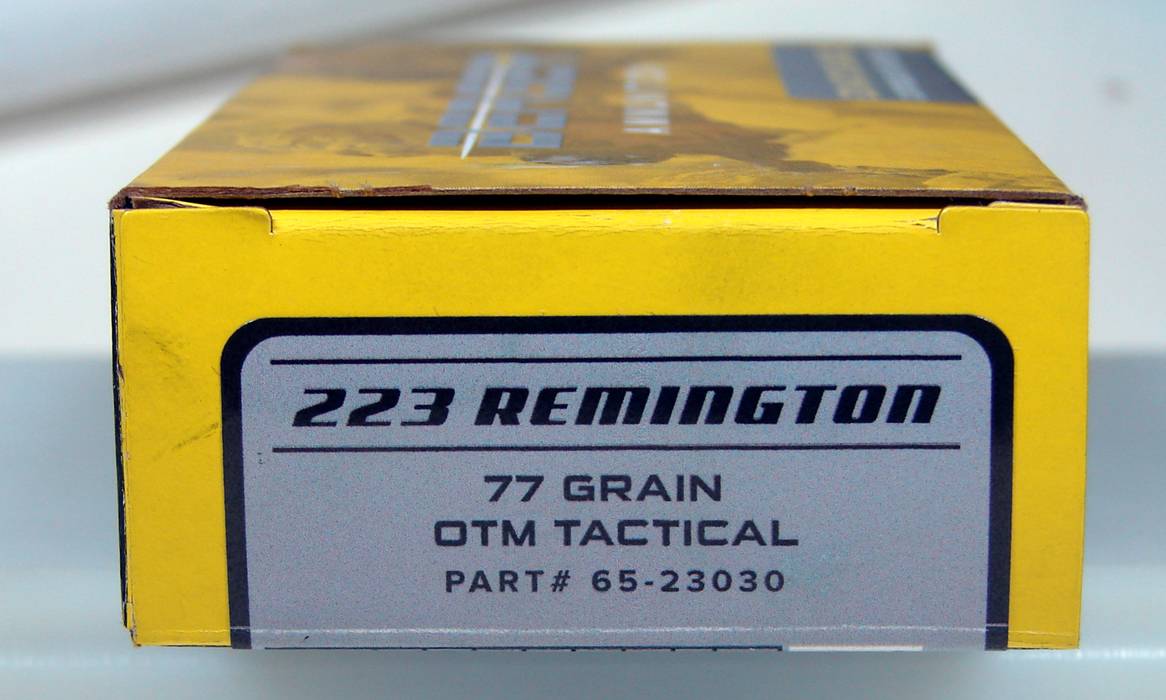
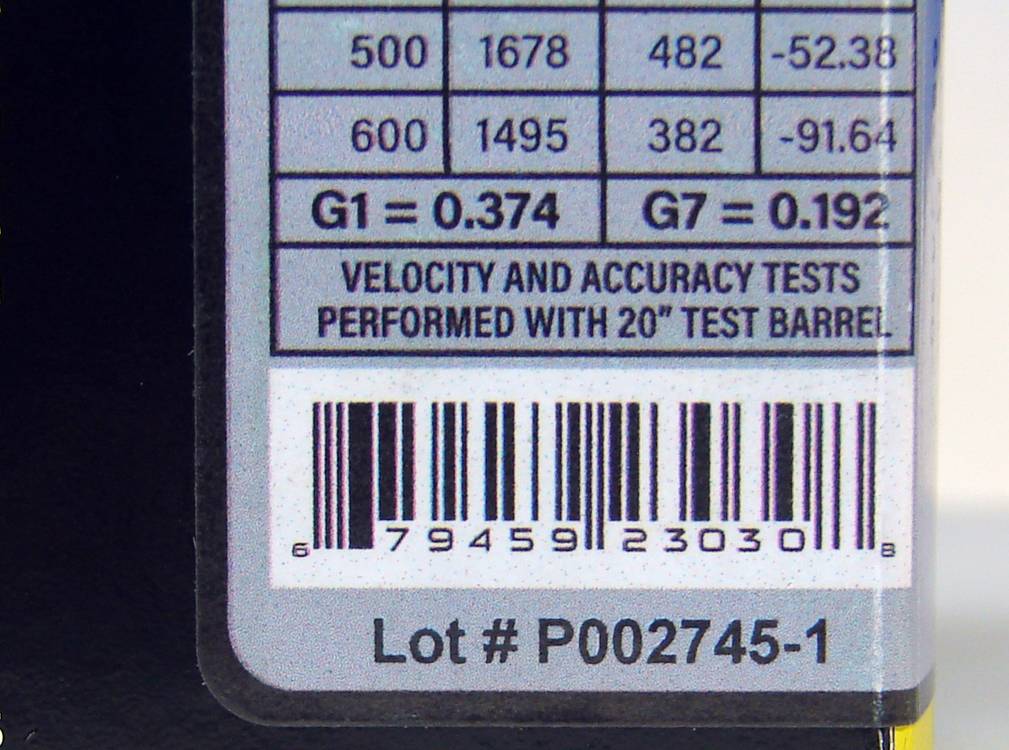
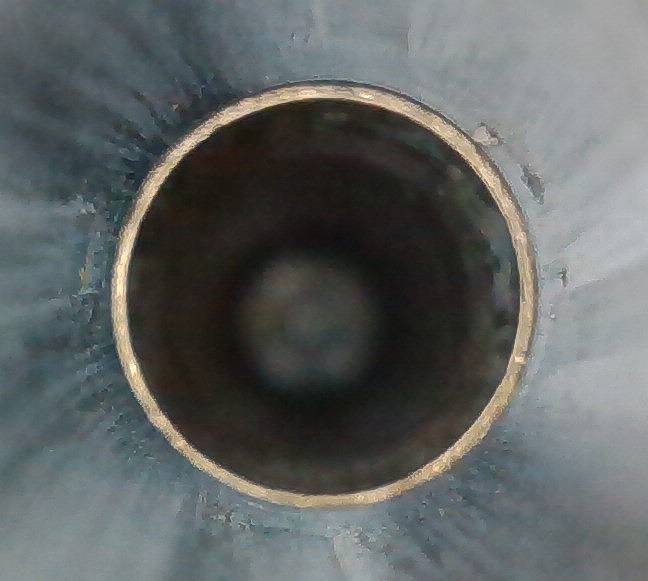
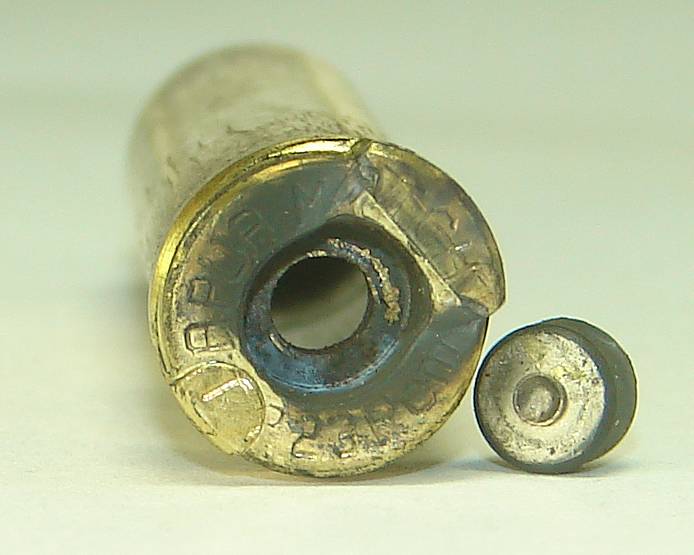
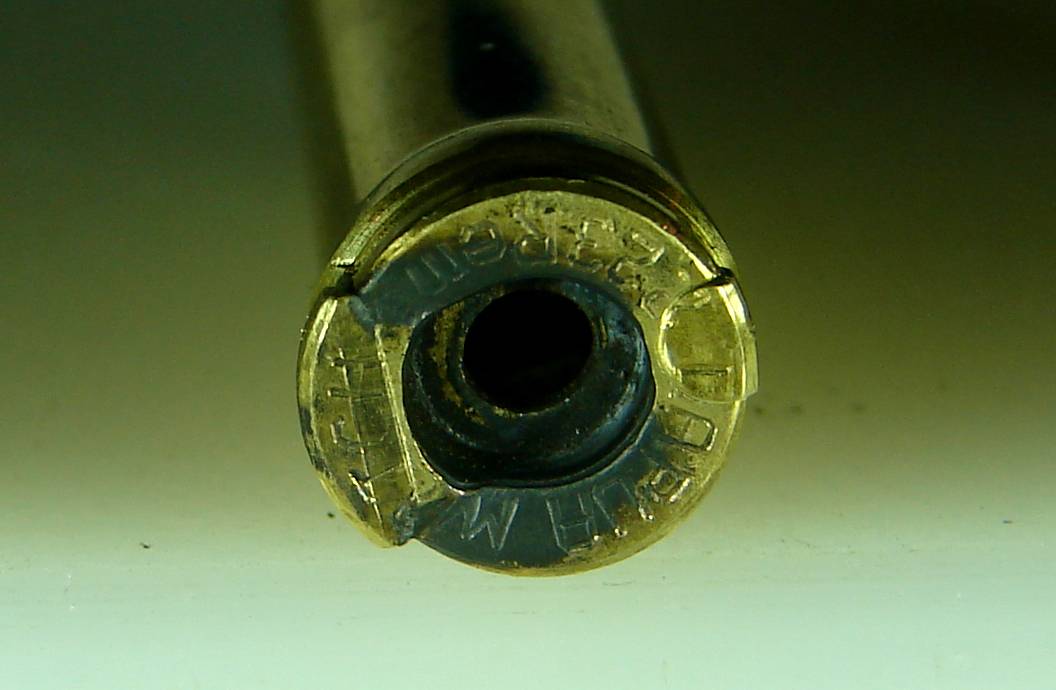
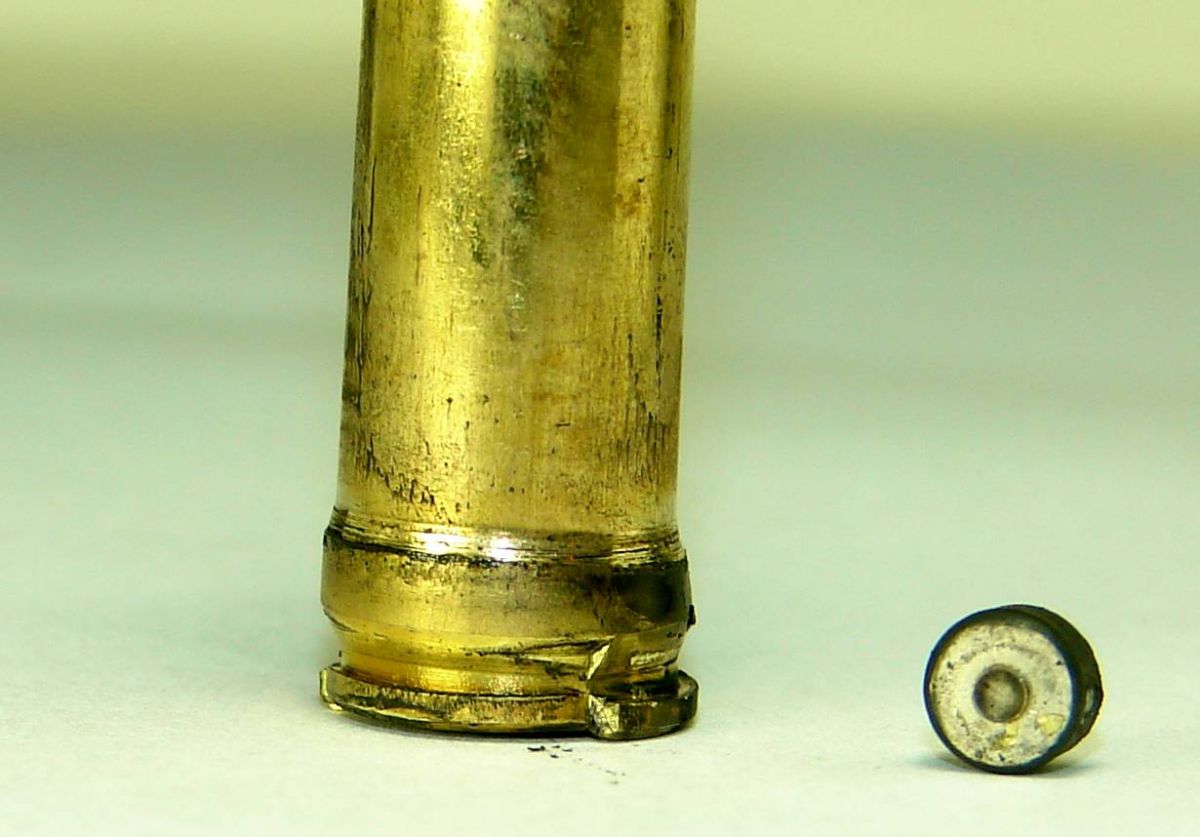
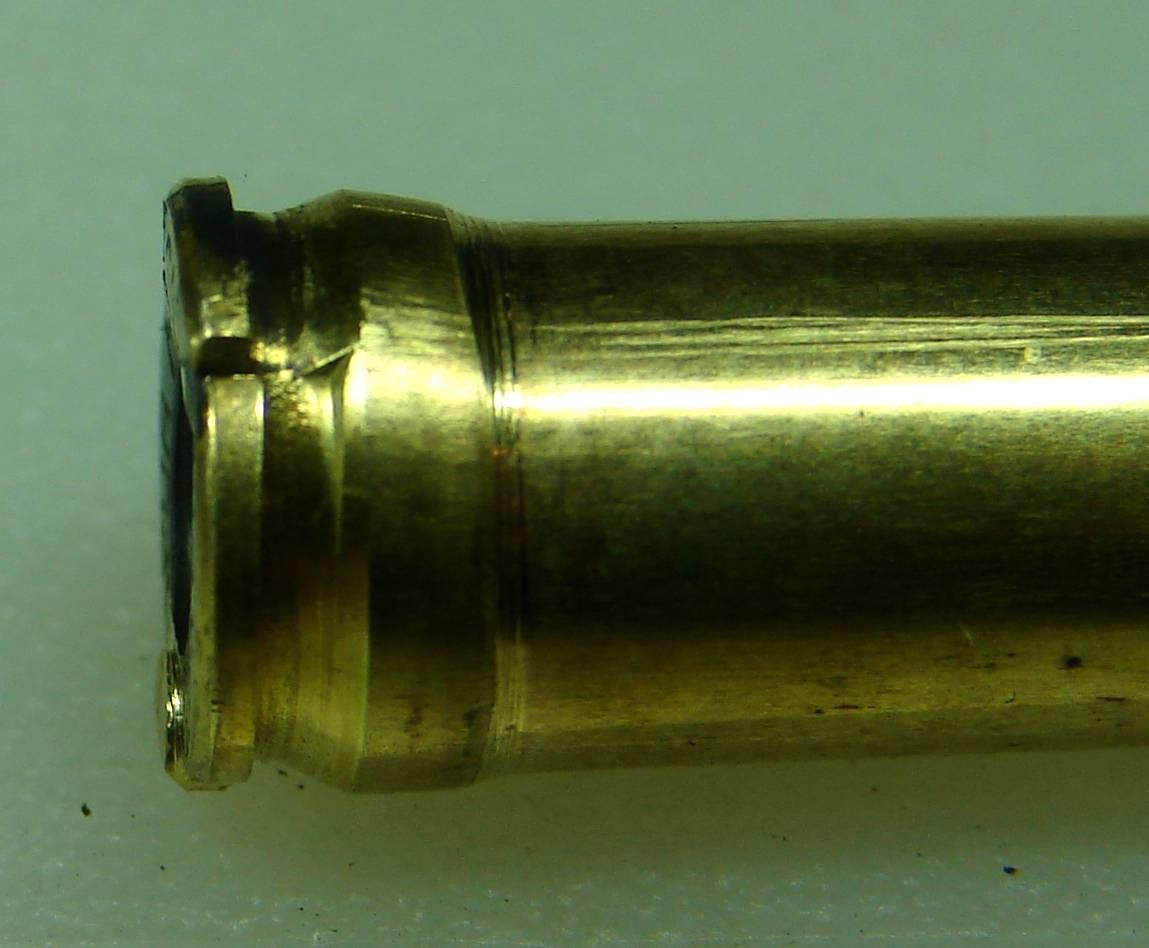
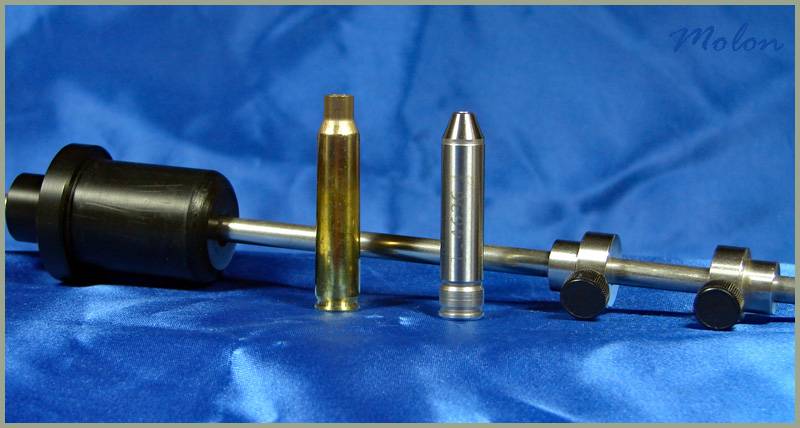
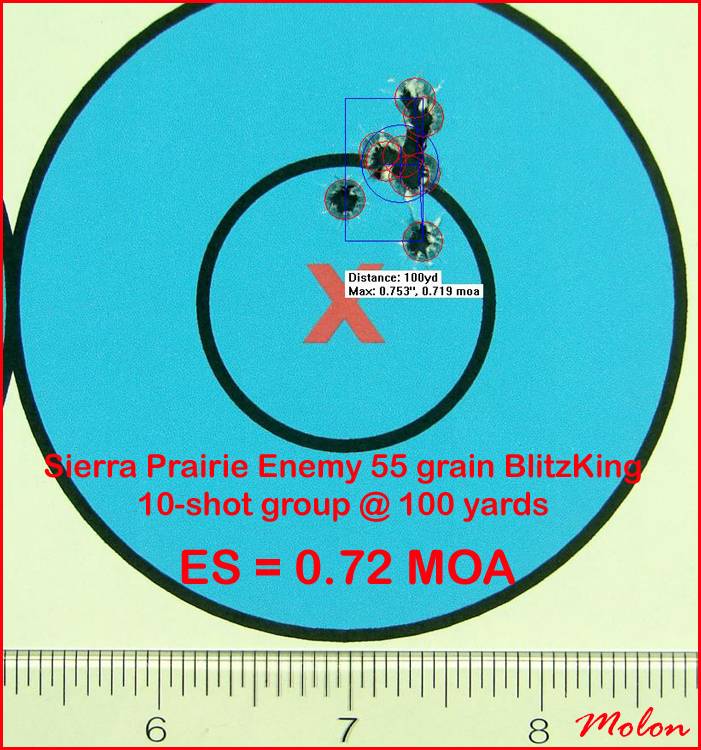
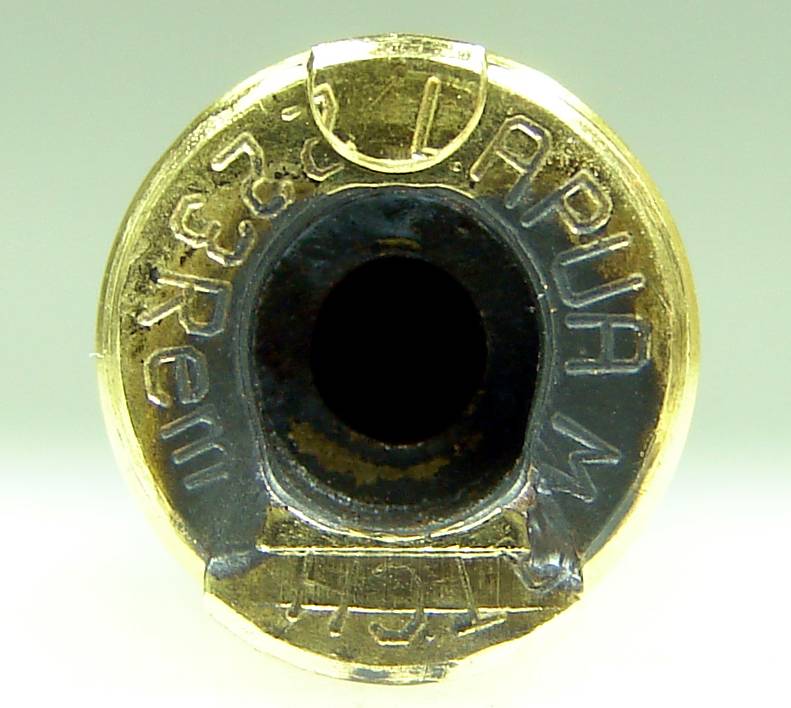
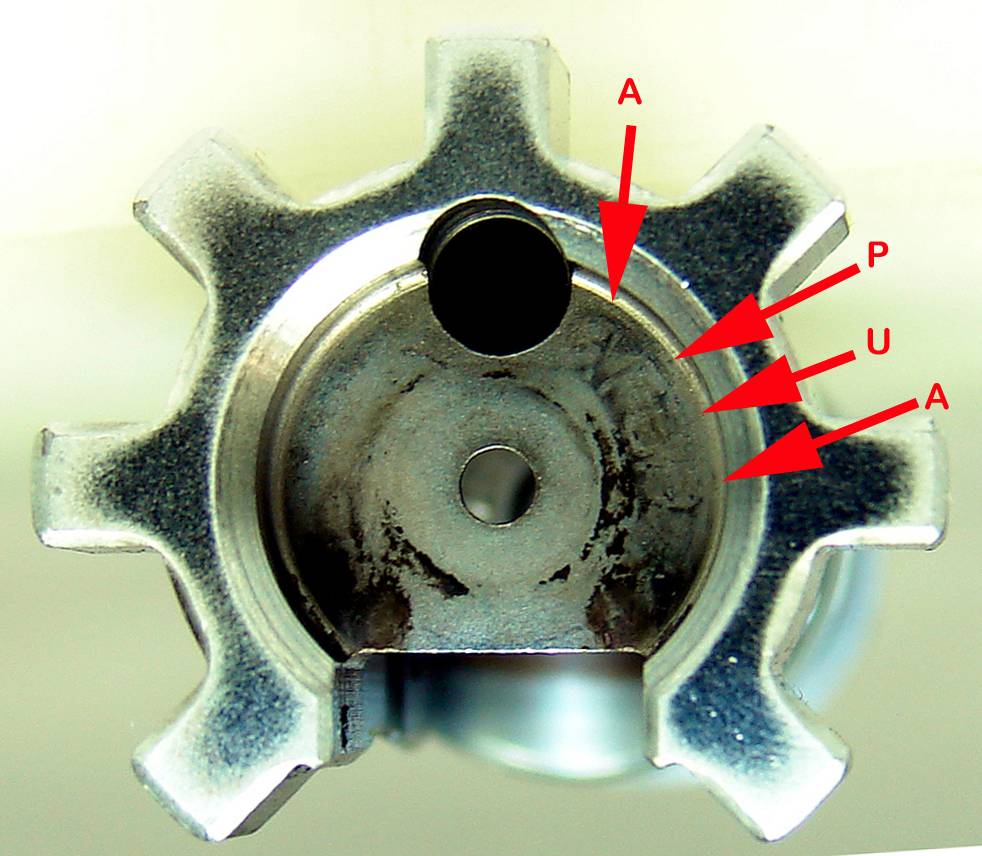
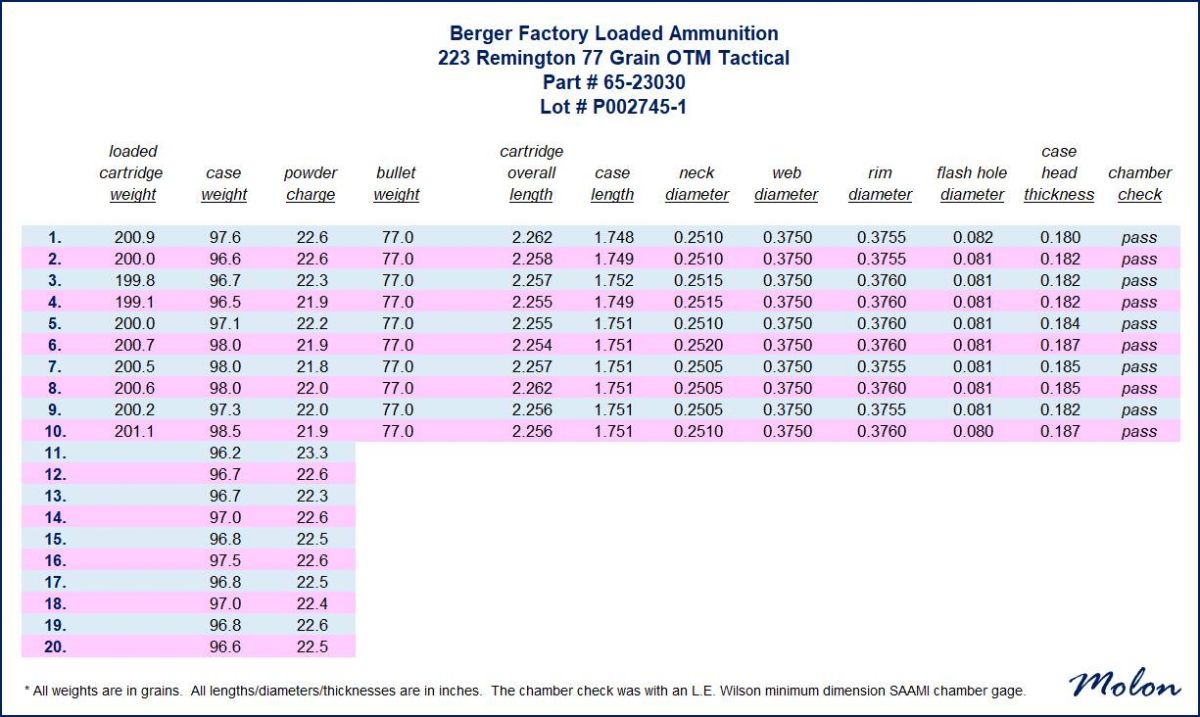


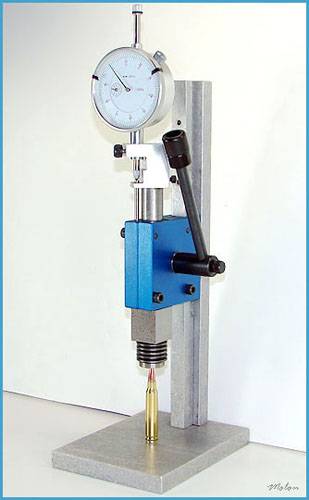

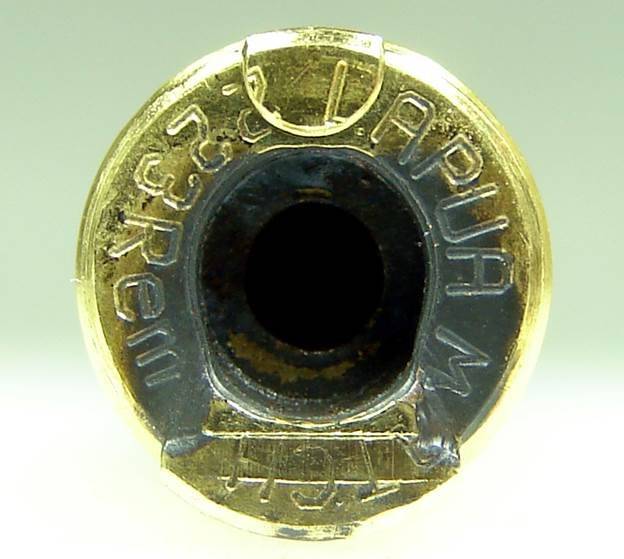
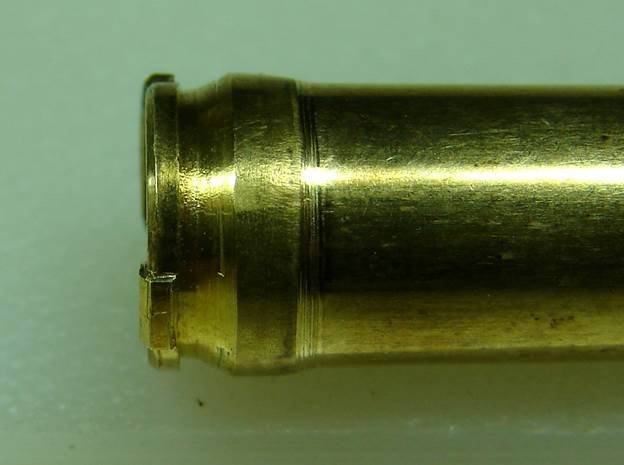
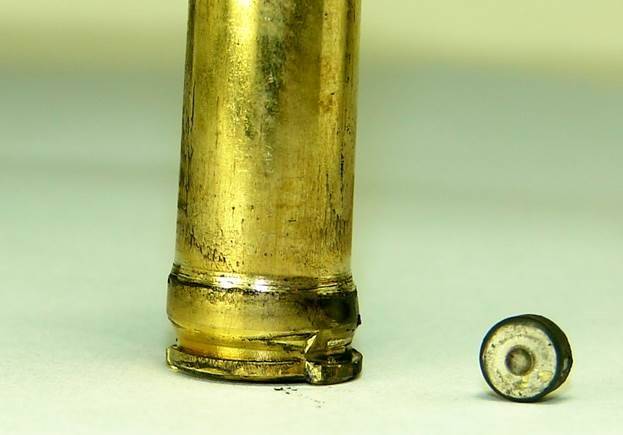
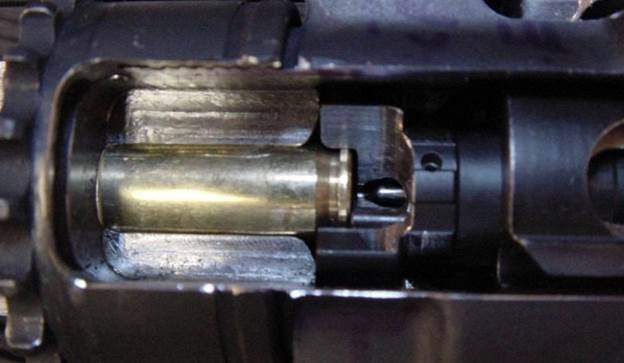



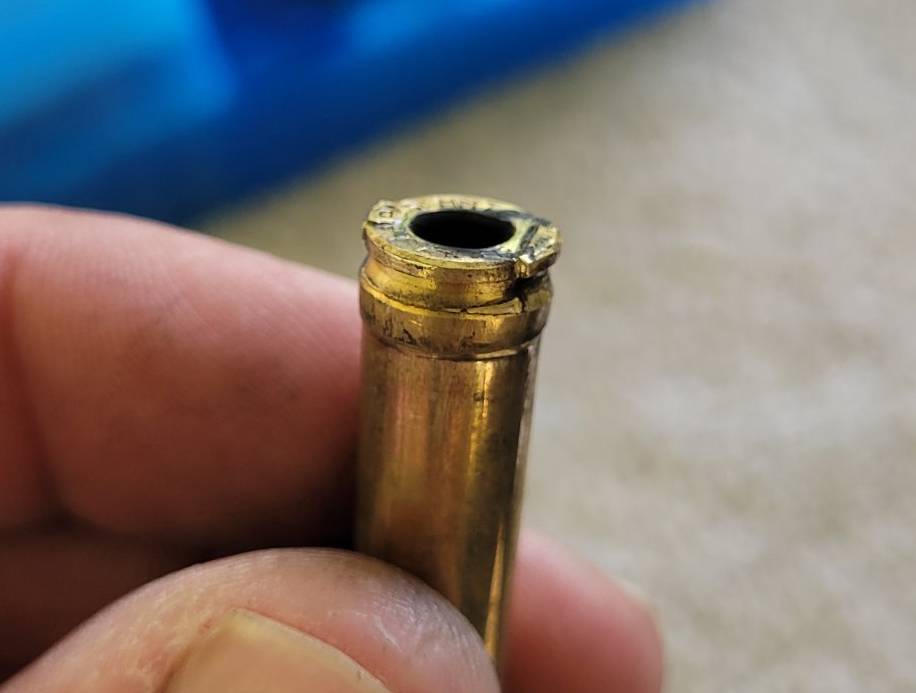
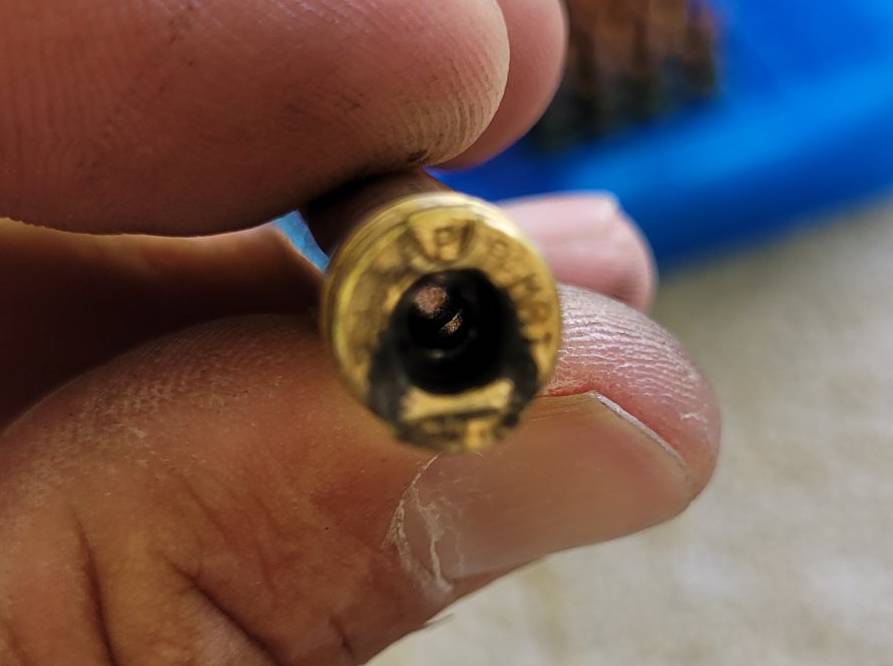


 Reply With Quote
Reply With Quote
